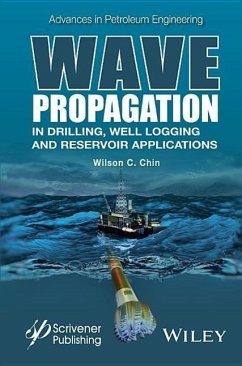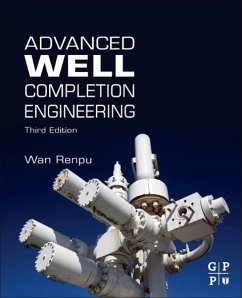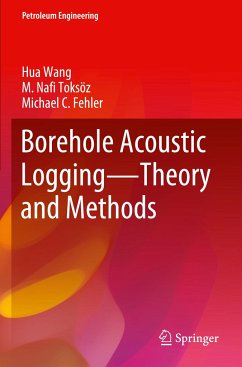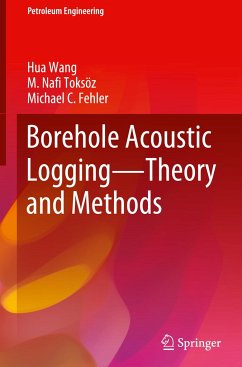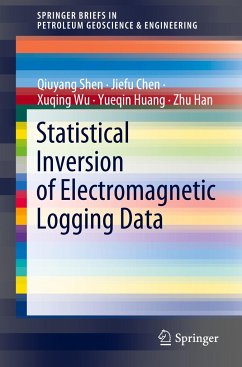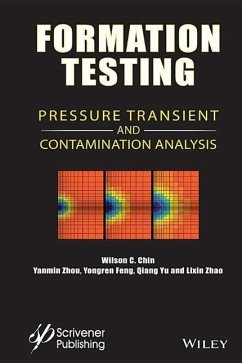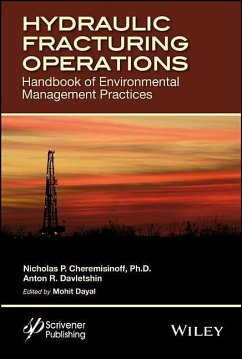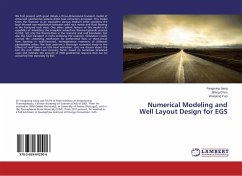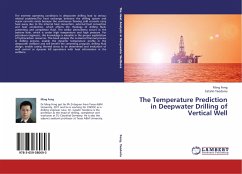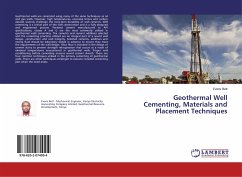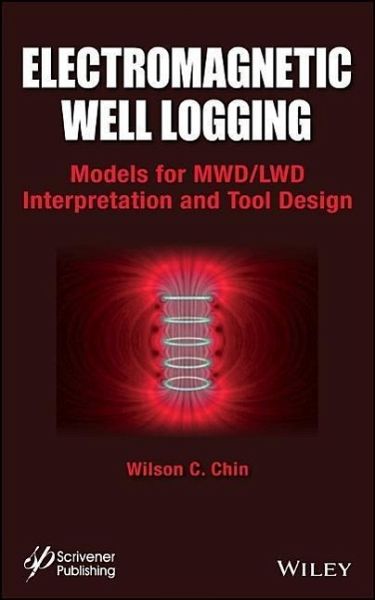
Electromagnetic Well Logging
Models for Mwd / Lwd Interpretation and Tool Design
Versandkostenfrei!
Versandfertig in über 4 Wochen
203,99 €
inkl. MwSt.
Weitere Ausgaben:

PAYBACK Punkte
102 °P sammeln!
Mathematically rigorous, computationally fast, and easy to use, this new approach to electromagnetic well logging gives the reservoir engineer a new dimension to MWD/LWD interpretation and tool design Almost all publications on borehole electromagnetics deal with idealizations that are not acceptable physically. On the other hand, "exact models" are only available through detailed finite element or finite difference analysis, and more often than not, simply describe case studies for special applications. In either case, the models are not available for general use and the value of the publicat...
Mathematically rigorous, computationally fast, and easy to use, this new approach to electromagnetic well logging gives the reservoir engineer a new dimension to MWD/LWD interpretation and tool design Almost all publications on borehole electromagnetics deal with idealizations that are not acceptable physically. On the other hand, "exact models" are only available through detailed finite element or finite difference analysis, and more often than not, simply describe case studies for special applications. In either case, the models are not available for general use and the value of the publications is questionable. This new approach provides a rigorous, fully three-dimensional solution to the general problem, developed over almost two decades by a researcher familiar with practical applications and mathematical modeling. Completely validated against exact solutions and physics-based checks through over a hundred documented examples, the self-contained model (with special built-in matrix solvers and iteration algorithms) with a "plain English graphical user interface" has been optimized to run extremely fast - seconds per run as opposed to minutes and hours - and then automatically presents all electric and magnetic field results through integrated three-dimensional color graphics. In addition to state-of-the-art algorithms, basic "utility programs" are also developed, such as simple dipole methods, Biot-Savart large diameter models, nonlinear phase and amplitude interpolation algorithms, and so on. Incredibly useful to oilfield practitioners, this volume is a must-have for serious professionals in the field, and all the algorithms have undergone a laborious validation process with real use in the field. This groundbreaking new volume contains: * A general three-dimensional electromagnetic model for nondipolar transmitters in layered anisotropic media with dip, developed for MWD/LWD well logging and tool design, offering accurate solutions in seconds as opposed to minutes or hours * An approach that helps readers explore new transmitter and receiver concepts and designs * Information on model steel mandrels, charge radiation from layer interfaces, large coil and thin layer effects, anisotropic media and low resistivity pay, borehole eccentricity and invasion, with a new and powerful model developed from first principles * A new approach that removes physical limitations associated with dipole, integral equation, Born, geometric factor or hybrid techniques and explains how these problems are overcome, building on advances from aerospace computational fluid mechanics * Mathematical and programming details as well as ready-to-use software with integrated three-dimensional color graphics for those needing immediate answers



